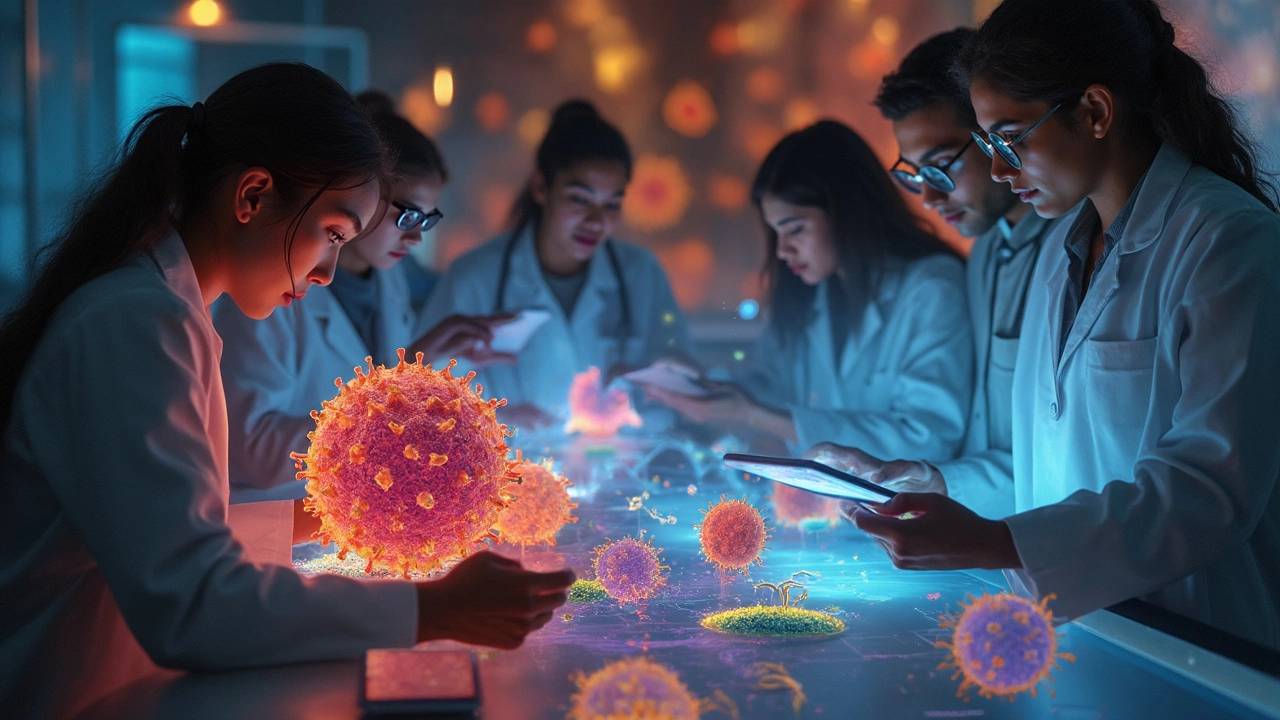Cell Cycle: Stages, Problems, and How to Support Healthy Cells
Ever wonder how our bodies keep growing, healing, and replacing old cells? It all comes down to the cell cycle – a repeatable series of steps that every cell goes through. Understanding this process helps you see why things like cancer happen and what everyday habits can help your cells stay in good shape.
The Four Main Phases of the Cell Cycle
First off, the cell cycle has four big phases: G1, S, G2, and M. In G1 (Gap 1), the cell grows and checks if conditions are right to copy its DNA. If everything looks good, it moves to the S phase, where the DNA is duplicated. Next is G2 (Gap 2), a short period for the cell to fix any errors and get ready for division. Finally, the M phase (Mitosis) splits the cell into two new cells, each with a full set of DNA.
Each step is controlled by proteins called cyclins and enzymes known as CDKs. When these regulators work correctly, the cycle runs smoothly. Mistakes in this control system can cause cells to divide too fast or not at all, leading to problems like tumors or tissue loss.
Tips to Protect Your Cells
Want to give your cells a boost? Start with a balanced diet rich in antioxidants – foods like berries, leafy greens, and nuts help reduce DNA damage. Regular exercise also matters; it improves blood flow, delivering oxygen and nutrients that cells need to repair themselves.
Avoid smoking and limit alcohol, because both introduce chemicals that mess with the cell cycle’s checkpoints. Getting enough sleep is another easy win; during deep rest, the body releases growth factors that support healthy cell turnover.
Lastly, keep stress low. Chronic stress floods the body with cortisol, which can interfere with DNA repair mechanisms. Simple habits like short walks, breathing exercises, or chatting with friends can keep stress in check and give your cells a better environment to work in.
By knowing the basic phases of the cell cycle and adopting these everyday habits, you’ll help your body stay in balance. It’s not about a miracle cure – just consistent, sensible choices that let your cells do what they’re meant to do.

What Stops Cancer Cells from Growing? The Science Behind Tumor Control
Why don’t all cancer cells run wild in our bodies? This article explains the real roadblocks that slow down or stop cancer growth—from the body's own defense tricks to the science behind targeted treatments. You'll learn how researchers find weak spots in cancer cells and what you can do to support your body during treatment. The info is clear, practical, and geared toward anyone curious about how these breakthroughs actually work.

How to Choose an Online Pharmacy: A Practical Guide
Jun, 10 2025



